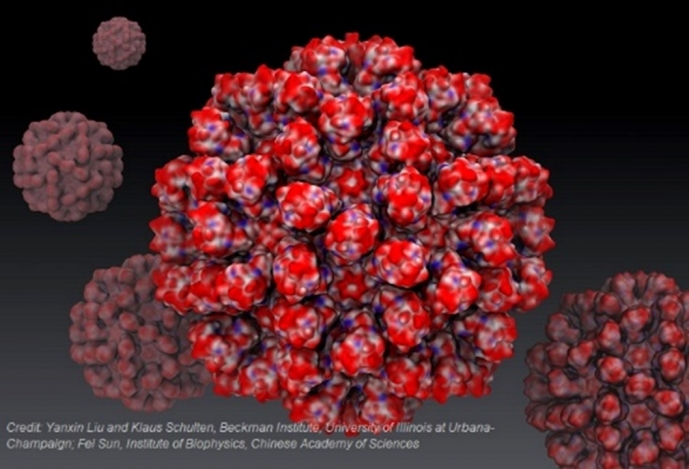CIBIO-InBIO Researcher interviewed for SCIENCE

A new genotype of rabbit hemorrhagic disease virus, commonly referred as RHDV2, emerged in France in 2010 and quickly spread in Europe, replacing former circulating strains. Compared to those strains, this new genotype has a broader host range, infecting also hares and cottontails, and is fatal to rabbits below 2 months of age that were typically resistant to the disease. Outbreaks of this new genotype caused important economic losses in rabbitries, as existing vaccines conferred only partial protection, and affected negatively the ecosystems’ biodiversity. The CIBIO-InBIO researcher has been following its evolution and epidemiology in the Iberian Peninsula since its detection in 2011, along with the impact in the Mediterranean ecossystem.
In North America, the new genotype was first detected in 2018 in domestic rabbits, but is now affecting massively wild lagomorphs, including several hare and cottontail species. North American scientists fear its impact, particularly in American lagomorphs with fragile populations such as the pygmy and the volcano rabbits. Vaccination against this genotype with specific developed vaccines will be unfeasible to control virus spread in the wild, as "the stress induced by animal capture and manipulation is often lethal” as denoted by the CIBIO-InBIO researcher.
To access the article, please follow the link